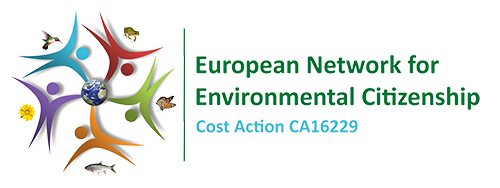Search Results Resources
You have searched in Resources with the following criteria: << Go Back
The search returned 10 results.
Andreas Ch. Hadjichambis
- From
- 18
- To
- 25+
Ecology of Cyprus Coastal Threatened Habitats
Greek
Cyprus
Andreas Ch. Hadjichambis
- From
- 18
- To
- 25+
The Red Flora Data Book of Cyprus
Greek
Cyprus
The Red Flora Data Book of Cyprus is an important product of research activity and it was funded by the Research Promotion Foundation within the framework of the Research Project KIPRINIA 93/5th EE-2002 having as grant holder the Cyprus Forestry Association. The red data books and the red data lists are used internationally, containing all the endangered plants and animals by classifying them into categories of risk of extinction, based on quantitative criteria and defined methodology. The most widely used criteria and categories are those created from the International Union for Conservation of Nature (International Union for the Conservation of Nature-IUCN). The red data books are a necessary and important tool for the elaboration of valid and credible action plans for the conservation of the species and the biodiversity.
Andreas Ch. Hadjichambis
- From
- 18
- To
- 25+
Evaluating the impact of the Earthkeepers Earth education program on children’s ecological understandings, values and attitudes, and behaviour in Cyprus
English
Cyprus
- Knowledge
- Skills
- Competencies
- Values
- Attitudes
- Behaviours
- Social Aspects of Environmental Citizenship
- Citizenship
- Environmental Citizenship General
- Individual actions
- Actions in Private sphere
- Actions in Local scale
- Actions in Global scale
- Solving environmental problems
- Addressing structural causes of environmental problems
- Practising environmental rights & duties
- Developing healthy relationship with nature
- Evaluation and Reflection
Abstract The recent educational reform in Cyprus moved education about sustainability to the forefront of environmental learning. The present study examines the impact of an earth education program, Earthkeepers, on children’s ecological understandings, environmental values and attitudes, and behaviour. The program was implemented during two consecutive years with 491 4th to 7th graders from nine different schools in Cyprus. Quantitative data were collected using individual concept, attitude and behaviour questionnaires, and a satisfaction survey. Qualitative data were collected using individual semi-structured interviews with twelve students and nine teachers from six different schools. Data analysis showed gains in students’ understanding as well as significant changes towards more proenvironmental values, attitudes and behaviour. Interviews confirmed the quantitative results and verified students’ behaviour.


